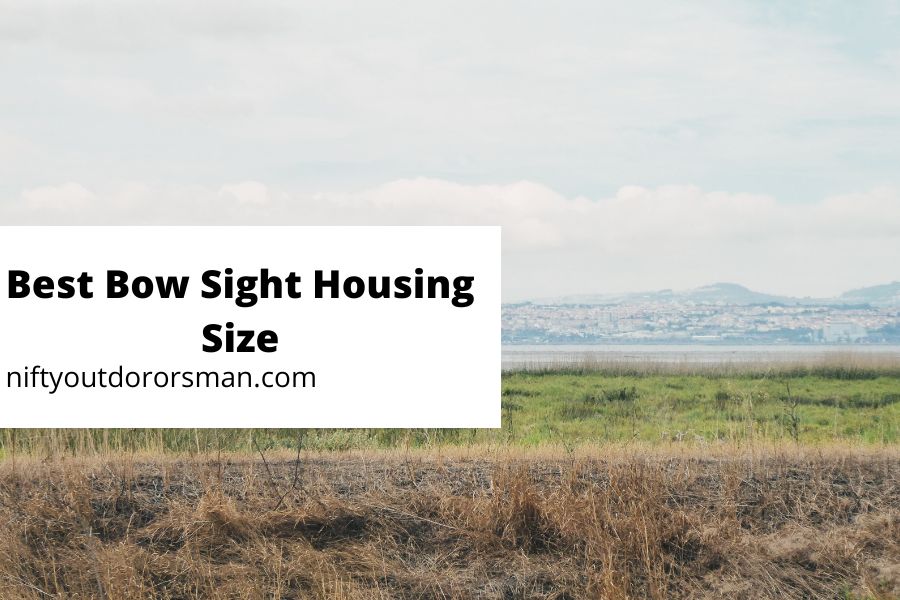There are a lot of sights with different sizes of housings. With these different housings, it can be hard to choose the right one. So in this article, we will look at the different sizes of housing and which one is best.
Here is the short answer:
How big of a sight housing you will want will depend on how heavy of an arrow you shoot and peep size. If you have a bigger peep sight, you will want a bigger sight housing, If you have a heavy arrow, you will want bigger sight housing, and vice versa.
With the short answer out of the way, we can look at when you would want a bigger or smaller sight housing, why a bigger or smaller sight housing might be better, and how different situations will affect what sight housing size you will want.
What is a bigger or smaller sight housing
Before we take too deep of a dive into this topic, we will need to go over what a bigger or smaller sight housing is considered.
What is considered a big-sight housing? A big sight housing is a sight housing that is bigger than 1 and 3/4 inches. The most common size on a bigger sight housing is 2 inches. For your average 3/16 inch peep sight, you are going to want a 1¾ or 2-inch sight housing. Most of the time 2-inch sight housings are used by hunters.
What is considered small-sight housing? As you can imagine, with the average sight housing size being 13/4 inches, then a smaller sight housing size would be smaller than 1¾ inches. The most common smaller sight housing size is 1⅝. Generally speaking, 1⅝ sight housing is going to be used by target shooters.
When you would want a smaller sight housing
Now we can take an in-depth look at when you would want one sight housing size over the other.
If you have a small peep sight, smaller peep sights are under 3/16 of an inch, you will want a smaller sight housing. You want your peep sight and the ring of your bow sight to line up; if you have too big of a peep sight, it will be hard to line the two up and, in turn, will be hard to tell if you are putting any torque on your string.
If you are shooting a heavy arrow, then you will want a bigger housing. A bigger housing will better accommodate a slower arrow because you will have more room for your pins to space out.
Seven-pin bow sights will require a lot of room for all the pins, which means you will want a bigger housing. If you are going to set your bow sight going from 20-80 yards, you are going to want a big housing so that your last pin can reach out to 80 yards and so you won’t have any extra pins that take up space or cause a distraction.
How different situations affect how big of a housing you will want
Since we have looked at when you would want a bigger or smaller housing, we can see how different situations will affect what sight housing size you will want.
If you are hunting at longer ranges with a multiple-pin sight, you will want a bigger sight housing. A bigger sight housing will allow your pins to reach out to the longer ranges you will be hunting at. But if you have a single pin bow sight then you will want a smaller sight housing because there will be less to focus on at that distance.
If you have a single-pin bow sight or a sliding bow sight, then you do need to worry too much about sight housing size. A single pin bow sight will only have one pin so there is no possibility of having an extra pin. With a multiple pin sliding sight, you also shouldn’t need to worry about sight housing size because you already have few enough pins for it not to make a big difference.
Conclusion
Sight housing can have a big effect on accuracy, range, and how many pins you can have in your bow sight. So before you buy your next bow sight it might be a good idea to check how big of a diameter the sight housing is.

